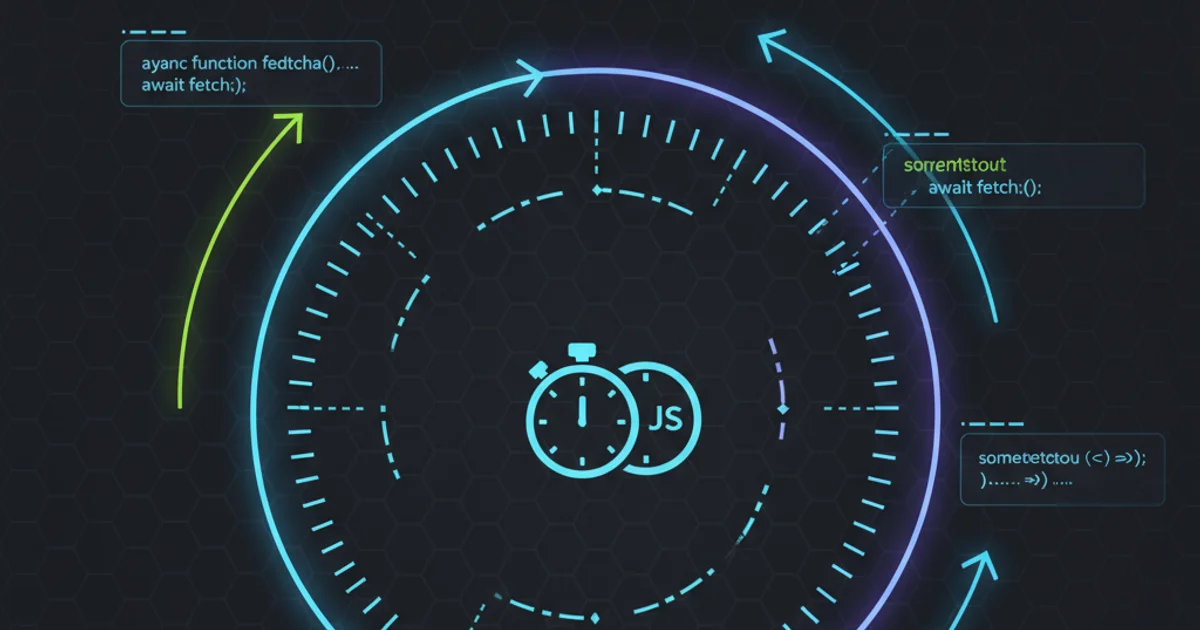How to unlock private command to public in netbeans JFrame form?
Categories:
Unlocking Private Commands in NetBeans JFrame Forms

Learn how to expose private methods and components in NetBeans JFrame forms, enabling external access and interaction for advanced customization and integration.
When working with NetBeans' GUI Builder (Matisse), components and event handlers are often generated with private access modifiers by default. This encapsulation is generally good practice, but there are scenarios where you might need to access these private elements from outside the JFrame class, perhaps from another class, a controller, or for testing purposes. This article will guide you through the common methods to achieve this, while also discussing best practices to maintain a clean and maintainable codebase.
Understanding NetBeans GUI Builder's Encapsulation
The NetBeans GUI Builder automatically generates code for your JFrame forms. This includes declaring UI components (like JButton, JTextField) and their associated event handlers (e.g., jButton1ActionPerformed) as private. This design choice promotes encapsulation, preventing direct, uncontrolled access to the internal state of your form. While beneficial for simple forms, it can become a hurdle when you need to interact with these private elements programmatically from other parts of your application.
flowchart TD
A[NetBeans GUI Builder] --> B{Generates Code}
B --> C[JFrame Class]
C --> D["Private Components (e.g., `jButton1`)"]
C --> E["Private Methods (e.g., `jButton1ActionPerformed`)"]
F[External Class] --X C
F[External Class] --X D
F[External Class] --X E
style F fill:#f9f,stroke:#333,stroke-width:2pxDefault encapsulation in NetBeans JFrame forms
Method 1: Creating Public Getters for Components
The most straightforward and generally recommended way to expose a private component is to create a public getter method for it. This allows other classes to retrieve a reference to the component and interact with it, without directly exposing the component's declaration. NetBeans GUI Builder can even help you generate these getters.
1. Open the Design View
In NetBeans, open your JFrame form in the Design view.
2. Select the Component
Right-click on the component you wish to expose (e.g., a JButton or JTextField).
3. Generate Getter
From the context menu, navigate to Customize Code -> Properties -> Generate Getter.
4. Verify the Generated Code
Switch to the Source view. NetBeans will have added a public method like public javax.swing.JButton getMyButton() { return myButton; }.
public class MyJFrame extends javax.swing.JFrame {
private javax.swing.JButton myButton;
private javax.swing.JTextField myTextField;
// ... NetBeans generated constructor and initComponents() ...
public javax.swing.JButton getMyButton() {
return myButton;
}
public javax.swing.JTextField getMyTextField() {
return myTextField;
}
// ... other methods ...
}
Example of public getter methods for private components
Method 2: Creating Public Methods for Actions
If you need to trigger a specific action or command that is currently encapsulated within a private event handler (e.g., jButton1ActionPerformed), you can create a public method that calls this private handler or contains the logic you want to expose. This allows external classes to invoke the action without needing direct access to the button itself.
public class MyJFrame extends javax.swing.JFrame {
private void jButton1ActionPerformed(java.awt.event.ActionEvent evt) {
// This is the private event handler logic
System.out.println("Button 1 was clicked!");
// ... perform other actions ...
}
// Public method to expose the action
public void triggerButton1Action() {
// You can either call the private handler directly (if it's accessible)
// or duplicate/refactor the core logic into this public method.
// For simplicity, let's assume the core logic is here or in a helper method.
System.out.println("Triggering Button 1 action externally.");
// If jButton1ActionPerformed contains the core logic, you might call it like this:
// jButton1ActionPerformed(new java.awt.event.ActionEvent(this, java.awt.event.ActionEvent.ACTION_PERFORMED, "external"));
// However, it's better to extract the core logic into a separate private method
// and call that from both the event handler and this public method.
}
// ... other methods ...
}
Exposing a private action through a public method
private helper method. Then, both the private event handler and your new public exposure method can call this helper, avoiding code duplication and improving maintainability.Method 3: Using the 'Custom Code' Feature (Advanced)
NetBeans allows you to customize the code generation for components. While less common for simply exposing components, you can use the 'Custom Code' feature to change the access modifier of a component directly. However, this is generally discouraged as it deviates from the GUI Builder's intended encapsulation and can lead to issues if the builder regenerates code.
1. Select Component
In Design view, right-click the component.
2. Customize Code
Choose Customize Code... from the context menu.
3. Change Declaration
In the Custom Code dialog, you can modify the 'Declaration' property. For example, change private to public or protected. Be cautious, as this can be overwritten by the GUI Builder.
Best Practices and Alternatives
While exposing private elements is sometimes necessary, consider these best practices and alternative approaches to maintain a robust application architecture:
graph TD
A[Need to Access Private Element] --> B{Is it a Component?}
B -->|Yes| C[Create Public Getter]
B -->|No| D{Is it an Action/Logic?}
D -->|Yes| E[Create Public Method to Trigger Action]
D -->|No| F[Re-evaluate Design: Should this be in the JFrame?]
C --> G[External Class Accesses Component]
E --> G[External Class Triggers Action]
F --> H[Refactor Logic to a Separate Class]
H --> GDecision flow for exposing private JFrame elements
- Model-View-Controller (MVC) or Presenter Patterns: For more complex applications, consider separating your UI logic (View) from your business logic (Model) and control logic (Controller/Presenter). This often means the JFrame itself only handles UI events and delegates tasks to a controller, which then interacts with the model. This significantly reduces the need to expose internal JFrame components.
- Event-Driven Architecture: Instead of directly calling methods on a JFrame, consider having the JFrame publish events (e.g., using
PropertyChangeSupportor custom event listeners) when certain actions occur. Other classes can then subscribe to these events and react accordingly. - Dependency Injection: If an external class needs to manipulate a component, you might inject the component (via its getter) into that class's constructor or a setter method, rather than having the external class directly reach into the JFrame.